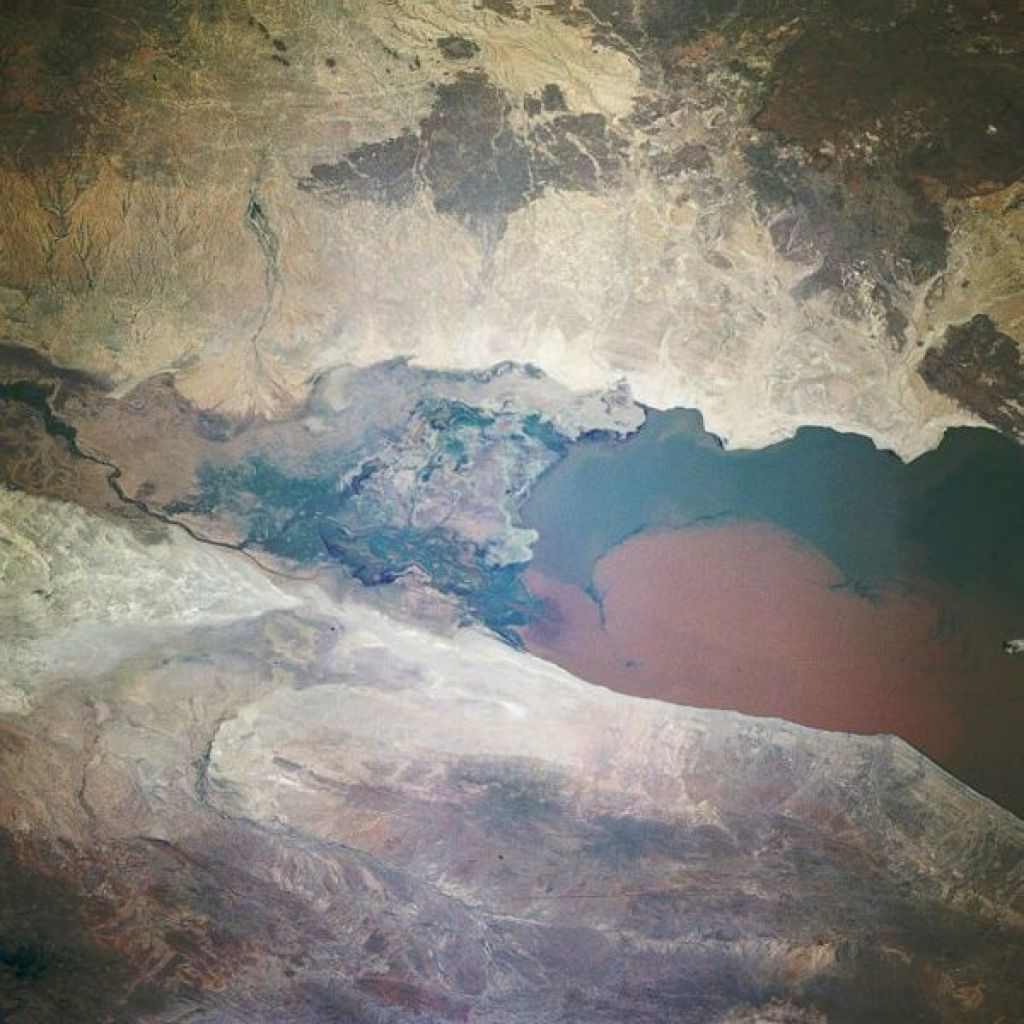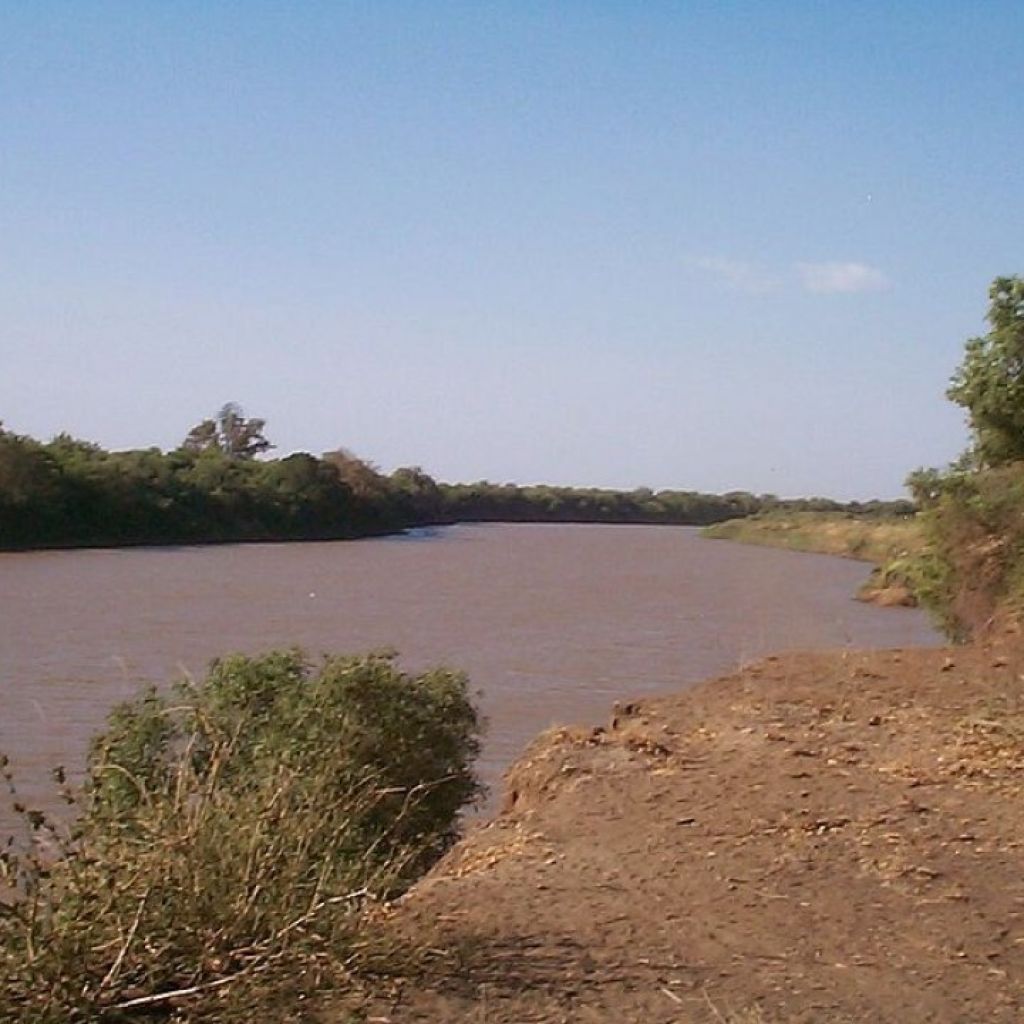Lower valley of the Omo, where hominid fossils tell the tale of human evolution

The third in a series of articles that profile UNESCO World Heritage Sites of particular significance to human evolution, the following write-up presents the lower valley of the Omo in southwestern Ethiopia.
Of the 851 UNESCO World Heritage Sites in the world, 115 are found in Africa.
A continent rich in spaces of outstanding and universal value, Africa is also home to one of the most prolific hominid fossil sites: the lower valley of the Omo River in southwestern Ethiopia.
Declared a UNESCO World Heritage Site in 1980, this prehistoric site extends over an area of 165 square kilometres and is located near Ethiopia’s Lake Turkana.
Here, preserved in age-old sedimentary deposits, fossils have been unearthed, including specimens of Homo gracilis, and tools made from quartzite that date back around 2.4-million years.
The array of hominid fossils excavated at this site speaks to the region’s outstanding cultural and historical value – a place unlike any other on Earth where, over many millennia, various migrating ethnic groups of early humans inhabited the land.

It is said that the lower valley of the Omo was a prehistoric site of cultural crossroads, where early migratory humans evolved technologically and began to craft stone tools.
Evidence of this activity is well documented. Research undertakings by Professor Camille Aramburg in the 1930s and by a team of palaeoanthropologists who interacted with the area from 1968 to 1976 yielded the discovery of various Oldowan and Australopithecine fossils from the early Pleistocene and Pliocene eras, including crude tools made from raw materials, jaw bones, detached teeth and fragments of Australopithecus.
According to the nomination by UNESCO, the deposits of human vertebrae fauna, and palaeo-environmental evolution, shed light on the earliest stages of the origins and development of Homo sapiens of Africa. The discoveries of ancient stone tools (within an encampment) also give evidence of the oldest known technical activities of prehistoric beings.
Uniquely preserved discoveries
Since 1966, scientific research has proven that the lower valley of the Omo significantly contributes to prominent archaeological, geological, palaeoanthropological and paleo-environmental studies.
Due to its remote location the site also remains uniquely preserved, and the areas where discoveries were made remain intact.
Unfortunately no legal framework or management plan currently protects this World Heritage Site.
To find out more about other sites of particular significance to human evolution, read about Olduvai Gorge and Zhoukoudian, the Cradle of Humankind’s sister site.